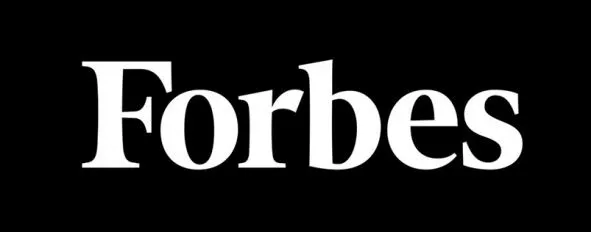Read full Article Here >>
GM Has Worked to Develop Sophisticated Supply Chain Resiliency Capabilities
Some automotive companies are better able to answer these questions than others. For example, the tsunami of 2011, which triggered the meltdown at the Fukushima Daiichi Nuclear Power Plant, was a wakeup call for General Motors (GM). GM learned that their business continuity plans at the plants were too “tactical.”
Following the tsunami, GM learned it is not enough to appoint “the person who will call the fire department.” You need to identify how an event will affect plants and respond quickly! “Most business continuity plans fall short in their ability to support a quick response.” GM responded in a traditional way to the catastrophe, “We circled the wagons and tried to figure out how to respond.” But their response teams were not sufficiently cross-functional and the response took too long. Companies that are slow to respond, are at a disadvantage in securing alternate sources of supply.
One of the tactics GM uses to avert, or at least quickly mitigate significant risks, is to have Blind Spot Workshops. At these workshops executives across the company are asked “What keeps you up at night?” Based on these meetings, the 30 top risks are identified, and each risk is assigned functional leaders. Every key functional area at GM – procurement, product development, etc. – has embedded risk officers. Each of these top risks has a mitigation plan. And many of these risks must contain detailed resumption planning in their contingency plans.
After the catastrophe GM has invested in new analytic tools that help them analyze the risks associated with suppliers and catastrophic events. They worked with Resilinc to develop these tools. Resilinc is cloud provider of supply chain resilience solutions. Resilinc helped them geocode supplier’s plants and logistics hubs across their multi-tier supply chain. What this allows GM to do is to draw a circle around an event like an earthquake and answer the question “Which of our suppliers are located within 100 miles of the epicenter? Within 200 miles?” GM can also look at suppliers located within the flood plain of a river and ask question like “Are all of our key suppliers of a particular component located in that flood zone? What happens if they all go down all at once?”
Once the impacts are understood, network design and supply chain planning tools are used to understand how profitable alternative supply chains will be and what the ongoing service level impacts will be.
Read the complete article from Steve Banker at Forbes>>




